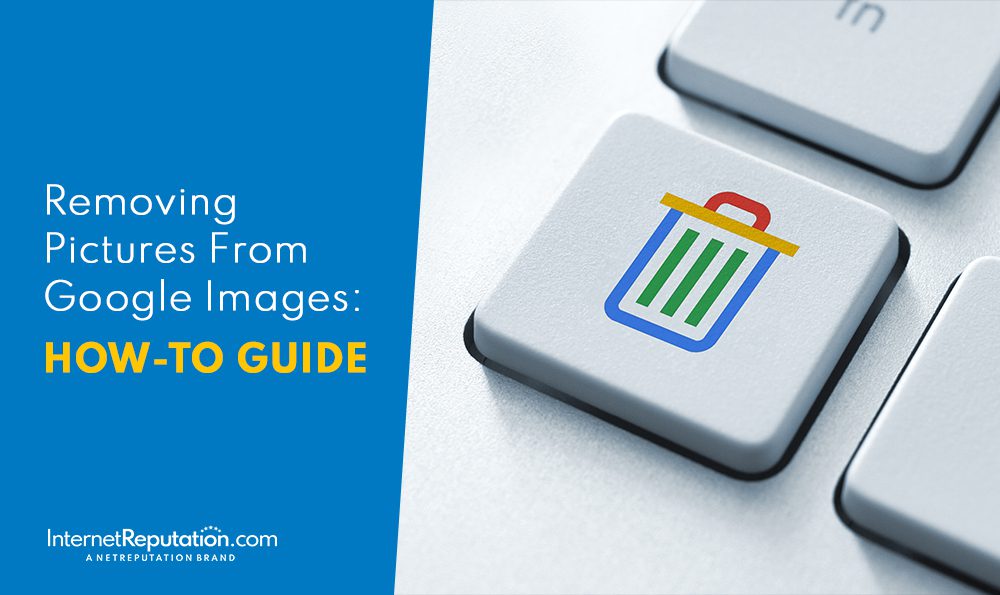When Third-Party Mentions Outrank Verified Profiles

Visibility in search results often determines whether a brand gains attention or gets lost in the vast online noise. One curious and perplexing phenomenon stands out: why do third-party mentions often rank higher than verified profiles, even when a verification badge indicates authenticity and authority?
What Are Third-Party Mentions?
Third-party mentions refer to references made by external websites, directories, social media platforms, and user-generated content about a business, public figure, or notable person. These mentions may appear on platforms such as Yelp, TripAdvisor, Facebook pages, and Apple Maps or in media coverage on blogs and news outlets.
Unlike verified profiles, these mentions are not officially verified accounts and don’t require the profile name owner to submit documents or complete a verification process. However, they often include user reviews, testimonials, or citations, all of which signal relevance and trustworthiness to search engines. When customers engage with or link to those pages, they boost the page’s credibility—often more than the official, verified page itself.
What Are Verified Profiles?
Verified profiles are official accounts that have undergone a platform’s verification process to confirm their identity. On Meta platforms, such as Facebook and Instagram, this includes:
- Submitting a government-issued ID
- Confirming your profile name and location
- Requesting verification through a dedicated form
- Paying for a Meta Verified subscription (in some cases)
These profiles receive a verification badge to signal legitimacy and offer benefits like impersonation protection, account support, and access to exclusive features. Verified profiles on platforms like LinkedIn or Twitter follow similar methods, establishing credibility for users, public figures, or businesses.
Why Are Verified Profiles Important?
Having an existing verified badge isn’t just about status—it’s a sign of trust, identity confirmation, and brand integrity. Here are the key benefits:
- Credibility: A verified badge signals to users that your profile is authentic. This is crucial for businesses or notable individuals facing impersonation or misinformation.
- Security & Support: With a Meta Verified subscription, users gain access to tools like enhanced account support, verification code access, and impersonation protection, creating a safer experience.
- Visibility & Trust: Verified accounts are often favored in search results within the platform, helping users quickly confirm they’re interacting with a real profile.
Still, despite these benefits, verified profiles don’t always dominate search engine results.
Why Do Third-Party Mentions Outrank Verified Profiles?
There are several reasons why external mentions often show up higher in search results than official, verified pages:
1. Broader Content & Backlinks
Third-party mentions tend to appear in content-rich pages (e.g., blogs, reviews, news articles) that attract more organic backlinks. This raises their domain authority and signals to search engines that they’re useful sources of information. In contrast, verified profiles often have limited content and fewer backlinks, which can reduce their ranking potential.
2. Keyword & Contextual Relevance
Pages with third-party mentions often include long-tail keywords and contextual data that match user queries more closely than a static verified profile. These detailed mentions provide search engines with richer context and relevance signals.
3. Engagement & Freshness
Search engines prioritize frequently updated content. Third-party pages often feature new reviews, comments, or updates, whereas verified profiles may remain unchanged for months or years. This freshness factor plays a significant role in ranking algorithms.
4. Search Engine Behavior
Search algorithms don’t always favor verified badges. While platforms may prioritize verified accounts internally, search engines like Google rely more on content quality, backlinks, and user engagement metrics rather than verification status alone.
5. Method of Verification and Eligibility
Some verified profiles still rely on prior requirements or older verification methods that may not be as robust or recognized by search engines. Additionally, not all profiles are eligible for verification, and some users may not have a paid subscription, such as Meta Verified, which can limit the profile’s features and visibility.
How Verified Profiles Can Improve Search Visibility
To compete effectively with third-party mentions, verified profiles must go beyond simply having a verification badge and focus on content quality, engagement, and strategic optimization.
1. Improve Content Strategy
Verified users should post regularly, sharing original articles, helpful answers, community updates, and engaging visuals. To maximize impact:
- Optimize your Facebook page content for relevant keywords and phrases
- Include video and image content to increase engagement
- Update descriptions, services, and pinned posts frequently to maintain freshness
- Use clear calls to action to encourage user interaction
2. Cross-Link Verified Profiles
Connect your verified profile with your official website, blog, and other social media profiles. Embedding badges and links across platforms signals ownership and increases profile authority. This method also helps search engines associate your verified profile with your broader online presence.
3. Collect and Showcase Testimonials
Even verified profiles benefit from authentic reviews. Highlight customer testimonials directly on your page and link to credible external sources to build trust and improve perceived authority.
4. Use Meta Verified Tools and Paid Subscription Benefits
If you have a Meta Verified subscription, utilize features such as account support, impersonation protection, and exclusive tools to maintain the health of your profile. Regularly log in to your account, monitor your profile status, and request re-verification if there are significant changes to your identity or business. This proactive approach helps ensure your profile remains credible and visible.
5. Monitor and Engage with Third-Party Mentions
Set up alerts or use browser tools to track where your brand or profile is mentioned externally. Engage with those platforms by responding to comments, thanking reviewers, or requesting corrections when necessary. This interaction not only improves credibility but can also drive traffic back to your verified profile.
6. Test and Analyze Performance
Utilize analytics tools to experiment with various content types, posting times, and engagement strategies. Understanding what resonates with your audience allows you to refine your approach and improve your profile’s search ranking over time.
Final Thoughts
While a verified badge offers legitimacy and confidence, search engines prioritize more than identity confirmation. Content quality, backlinks, user engagement, and freshness are core drivers of ranking. Verified profiles, especially those subscribed to Meta Verified or other platforms, must pair their verified status with ongoing, high-quality engagement and optimization efforts.
To compete with and eventually outrank third-party mentions, focus on what search engines value most: authority, relevance, user interaction, and fresh, rich content. Having a verified profile isn’t enough—but it’s the perfect foundation to build upon for stronger online visibility and credibility.


